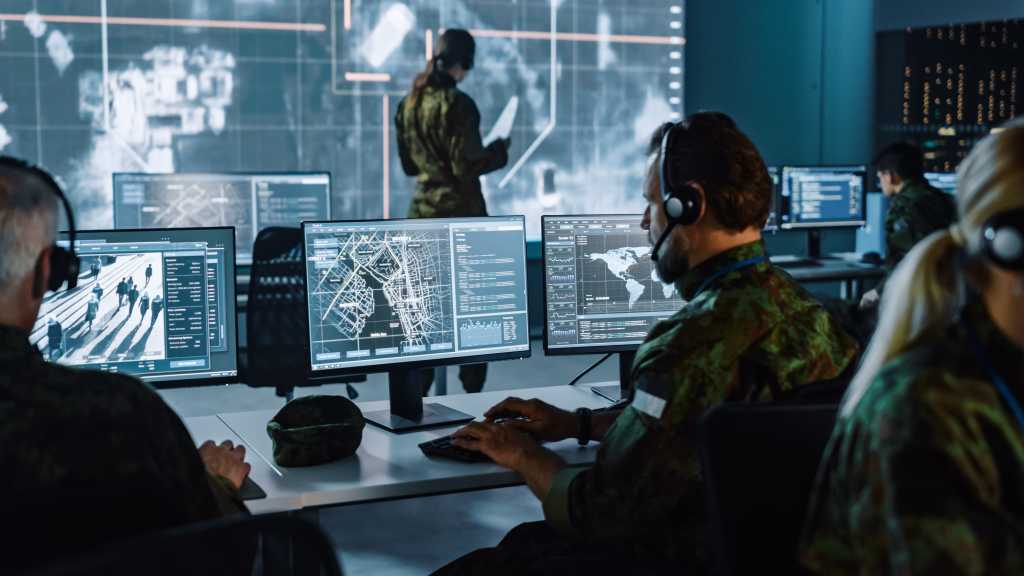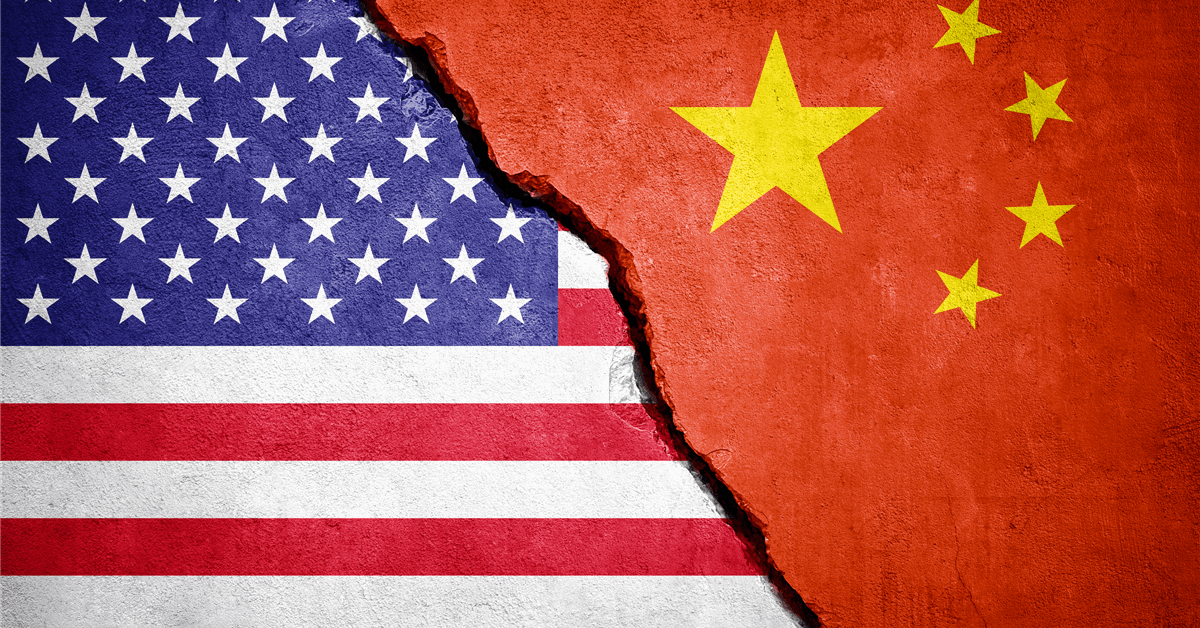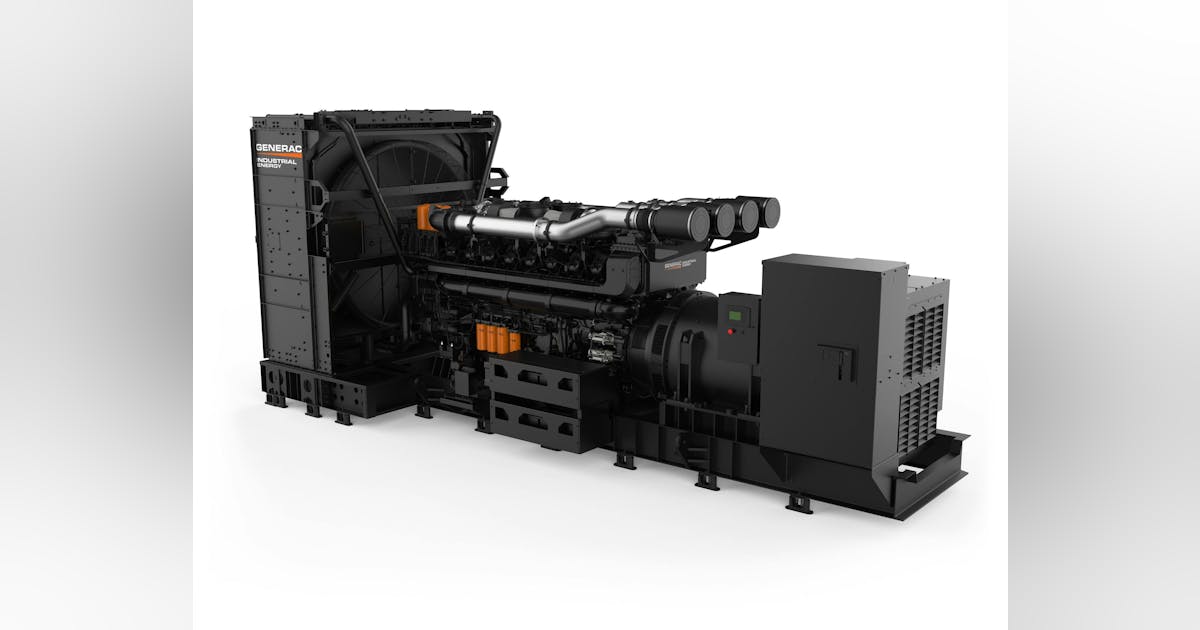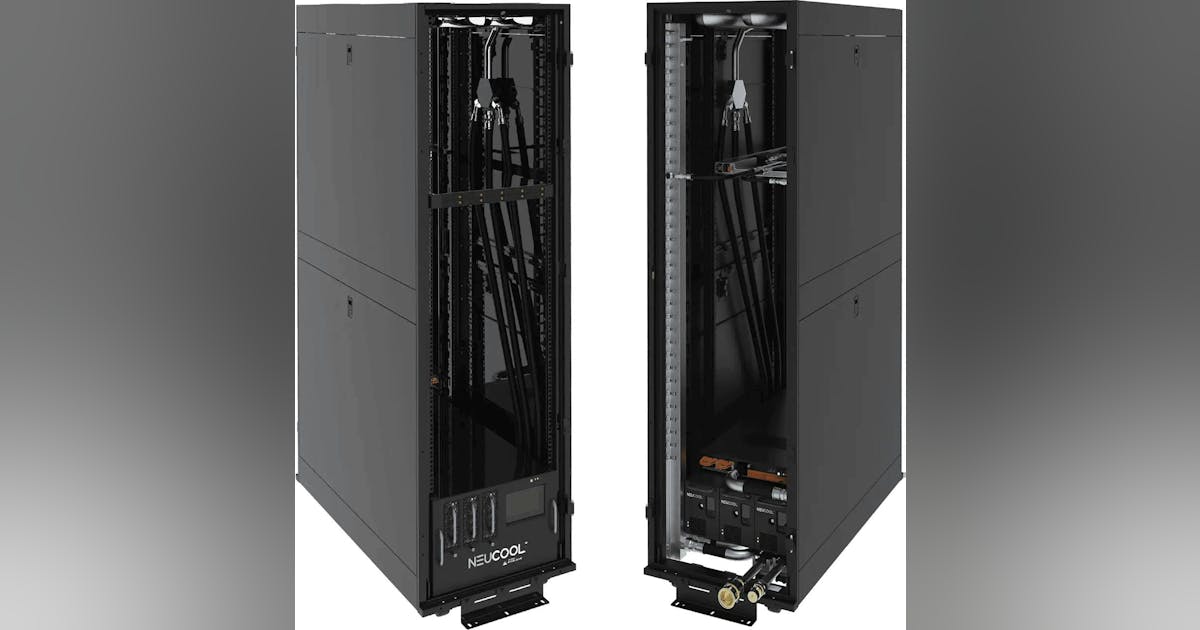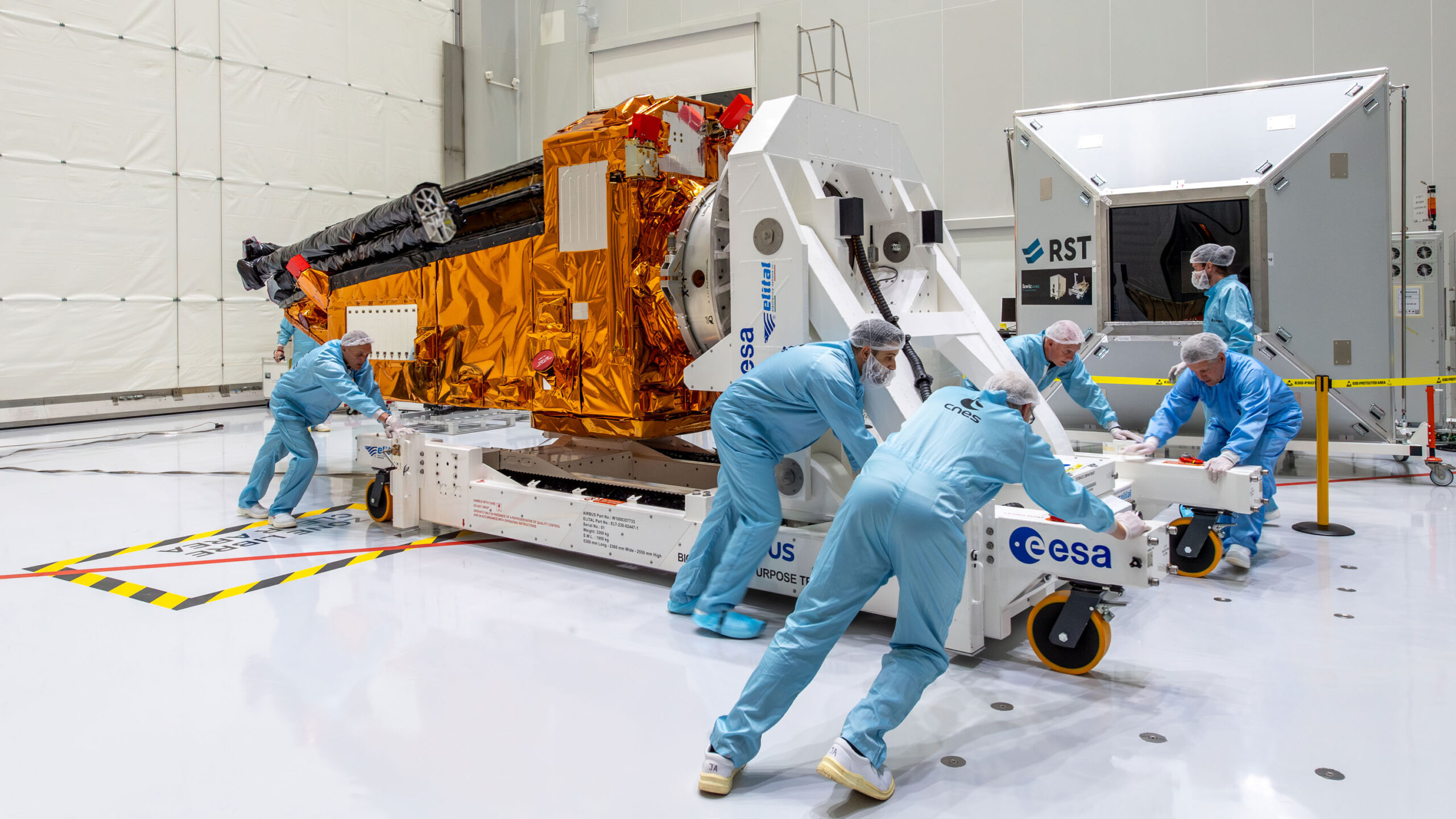
TotalEnergies has announced the completion of its acquisition of VSB Group, a wind and solar developer across Europe, and SN Power, a hydropower developer in Uganda.
Concurrently it announced the signing of agreements to buy several wind and solar projects in the Canadian province of Alberta from RES. TotalEnergies said it had just closed the acquisition of one of these projects, the 184-megawatt (MW) Big Sky Solar, commissioned late February.
“The completion of these three acquisitions in Europe, North America and Africa will contribute to our targets of 35 GW [gigawatts] of gross renewable capacity by 2025 and over 100 TWh [terawatt hours] of electricity production by 2030”, Stéphane Michel, TotalEnergies president for gas, renewables and power, said in a company statement.
In Europe TotalEnergies’ renewable energy portfolio now consists of 500 MW installed or under construction and a pipeline of over 15 GW of solar and wind.
In Africa the company has 255 MW of installed renewables capacity plus 560 MW of hydro-generation projects.
In Canada TotalEnergies has raised its installed RE capacity to 180 MW. It also has more than 600 MW of solar and wind projects, according to the company.
“These acquisitions strengthen our operations in markets where we are deploying our Integrated Power business, like Germany and in North America, and in countries, such as Uganda, where we can leverage synergies with our exploration and production activities”, Michel added.
“Furthermore, these acquisitions will contribute to cash flow growth and to our goal of reaching our 12 percent profitability target in the electricity segment”.
VSB, acquired from Swiss asset manager Partners Group for EUR 1.57 billion ($1.72 billion), contributes to TotalEnergies over 15 GW of projects in the pipeline, in addition to 7 GW operational or being built.
However, TotalEnergies said, “Given its targeted strategy for certain key European markets, the Company has decided to start the divestment process for the VSB-developed Puutionsaari project in Finland (440 MW wind and solar)”.
VSB boosts TotalEnergies share of the integrated electricity market in Germany, which represents half of the acquired company’s portfolio.
On March 26 TotalEnergies announced an investment outlay of EUR 160 million for 6 battery energy storage system projects under construction in Germany.
The projects have a combined capacity of 221 MW. They are being developed by Kyon Energy, acquired by TotalEnergies last year. Construction started at the end of 2024 and commissioning is planned for early 2026, according to TotalEnergies.
TotalEnergies said it has 2 GW of storage capacity under development and 321 MW under construction in Germany.
Meanwhile the acquisition of SN Power from Norway’s Scatec will “allow TotalEnergies to implement its multi-energy strategy” in Uganda, where it already engages in hydrocarbon exploration and production. The 225-MW Bujagali hydropower plant, in which TotalEnergies now owns 28.3 percent following the transaction, meets over 25 percent of the East African country’s peak demand, TotalEnergies noted.
The SN Power acquisition also gives TotalEnergies stakes in a 360-MW hydropower project under development in Malawi and another 206-MW hydropower project under development in Rwanda.
In 2024 TotalEnergies’ gross installed renewables capacity stood at 26 GW, according to the company.
To contact the author, email [email protected]
What do you think? We’d love to hear from you, join the conversation on the
Rigzone Energy Network.
The Rigzone Energy Network is a new social experience created for you and all energy professionals to Speak Up about our industry, share knowledge, connect with peers and industry insiders and engage in a professional community that will empower your career in energy.
MORE FROM THIS AUTHOR

